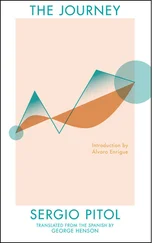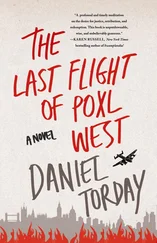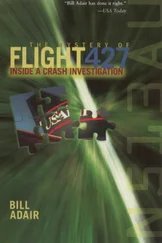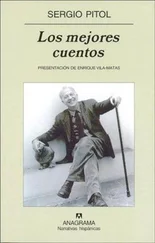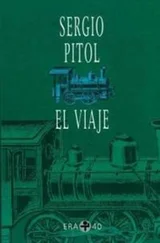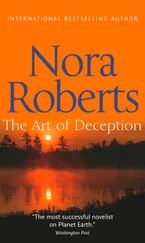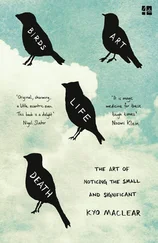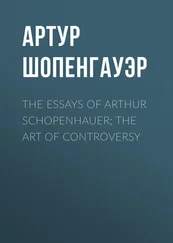“Vasconcelos’s biography,” writes Jorge Cuesta in an article published shortly after the appearance of Ulysses , “is the biography of his ideas. This man has had ideas that live , ideas that love, suffer, enjoy, feel, hate, and become inebriated; those ideas that only think are indifferent and even odious. Creole Ulysses is, for this reason, the book in which Vasconcelos’s philosophy discovers its genuine, authentic expression. Those books in which he has expounded it in a purely doctrinal mode are almost unreadable.” And then he adds: “As inconsistent, as poor, and as confused as his doctrine is when it is viewed as thinking , it is even more vigorous, impressive, and fascinating when viewed as living. ”
In the first preface to Creole Ulysses, the author not only explains the reasons for the title but also introduces a theme that will become a constant throughout the tetralogy, eventually constituting an axis and assuming an obsession in all his latter endeavors: criollismo as the Mexican nation’s only possible zone of regeneration. “The title that has been given to the whole work is explained by its content. A destiny that soars like a comet, blazing across the sky, before burning out during long periods of darkness, and the turbulent atmosphere of present-day Mexico justifies the analogy with the classical Odyssey . As for the adjective criollo , I chose it as a symbol of the defeated ideal within our homeland… Criollismo , that is, culture of a Hispanic type, in its ardent and unequal struggle against a counterfeit indigenismo and an Anglo-Saxonism that dresses up in the rouge of the most deficient civilization known to history; those are the elements that have waged battle in the soul of this Creole Ulysses , as in that of each of his countrymen.”
Creole Ulysses reflects the character’s life from his birth until the military coup of Victoriano Huerta, and Vasconcelos’s preparations to participate once again in revolutionary action. This is the story of a long march toward his personal depths; it begins with the immediately postnatal state from which emerge his oldest memories, wrapped “in a caressing and melodious feeling, a physical extension, a section barely cut off from a warm, protective, almost divine presence. The voice of my beloved mother guided my thoughts, determined my impulses. One might say I was tied to her by an invisible and voluntary umbilical cord that lasted for many years after the rupture of the physiological bond,” until the moment of affirmation of an independent personality. The rupture of the aforementioned cord took longer than necessary to occur, which comprises almost all of the book’s pages. They were years marked by his love for his mother and despair for her loss; then by the temptation of the flesh and the subsequent feeling of condemnation, of abjection, of horror of the body and atonement mitigated only by the certainty that “glory” awaited him in a still imprecise future; years marked also by the astonishing discovering of his own country during his travels and also by his participation in political life, which causes him to discover the weight of the Porfirian dictatorship and the paths to fight and defeat it. All this is but a glimpse, the preamble to the apotheosis to which he would later arrive. Apotheosis in action and in thought. And also of the flesh.
All these things and more nourish this first volume, a suggested point of departure and waiting period before the arrival of the fatal revelation that he will seek to develop and demonstrate obsessively at the end of his memoirs and will not abandon for the rest of his life: the bitter conviction that Mexico is a vile and irredeemable country. Between the two options proposed by Sarmiento for our continent, Vasconcelos had wagered with all the strength he could muster in favor of civilization and against barbarism. He had believed in a ferocious, delirious, and messianic way that a person’s will, his own in particular, could move not only well-worn mountains but also souls — an enterprise that was much more difficult and complex than expected. He fought to become the Quetzalcoatl that would defeat forever Huitzilopochtli, the eagle that in the end would finally devour the snake. Of course, he failed.
Upon remembering the past fifty years later, the recent political defeat behind him, we find that Ulysses, the child, is already aware that the nation has two enemies, one external — the Yankees — another internal: the Indians. His first memories are situated in Sasabe, scarcely more than a hamlet, an enclave in the Sonora desert, a border post with the United States, where life passes by in perpetual fear; whether of the Americans, who appear out of nowhere to lower the Mexican flag and raise the Stars and Stripes, forcing the Mexicans to retreat and accept the imposition of a new boundary line; or of the Apaches who show up from time to time to loot and destroy the few villages in the region. Later he will glimpse his only salvation, port, and hope when he comes into contact with the mainland, where the Hispanic presence becomes visible.
After recalling his adolescence in Campeche, he notes: “In the beautiful tropical garden the band still brought together families for open-air concerts, but the beautiful girls of languid carriage, light complexion, and black eyes became increasingly rare. The beautiful, sensual caste yielded to the crude natives of the interior who in hushed groups listened to the concerts from a distance as if waiting for the moment to occupy the homes that the whites abandoned.” In the Vasconcelos universe, the Indian is everywhere, lying in wait at all times. He is just around the house, in the garden weeds, under rocks, shape-shifted into a vine, water, thunder. He is backwardness, the embodiment of brutal gods, cunning patience, evil calculation, lightning and punishment. “Within Durango and the main district centers,” he writes later, “the population is criolla , but it barely leaves the city limits; the Indian lives in conditions similar to those known in the times of Aztecs. It is for want of spirit and organization that the Indian continues in its backwardness.” The tone becomes almost frantic in the last volumes. When evoking the archaeological discoveries made in Uxmal and Chichén Itzá when he was Secretary of Public Education, he will say years later: “As the digger’s pick advances, there appear year after year new wonders: but everything is uniformly barbaric, cruel, and grotesque. No sense of beauty; the decoration is nothing more than simple paleographic work. Since they had no efficient alphabet they used drawing and relief as language, which distorts and delays the possibility of a disinterested musical development, which is the essence of art; utilitarian decor that, as such, elicits no aesthetic emotion, only the astonishment of their guesswork and the aberrations of the human soul.” He came to detest archaeologists and scholars of pre-Hispanic cultures of any kind. “Petty scoundrels” at the service of Yankee interests to reduce the footprint of European culture on the continent, the fruit of an abhorrent mestizaje , the result of mixing of two detestable races: Indian and Jewish.
“In Veracruz and Campeche the vigor of the race had become so weak that it allowed Indians and Blacks to become part of Europe’s vitality,” he states, and evoking a trip to Oaxaca and the visit he pays to two elderly sisters of his mother, he was distressed by “the plight of those old ladies, the vestiges of a generation exhausted by their own creative effort and ultimately defeated by the harsh environment, absorbed by markedly inferior races.” In the decline of those old women, he sees “all the drama of the defeat of the white man of Spanish race, replaced gradually by the mestizo and threatened by the return of the Indian.”
Читать дальше

